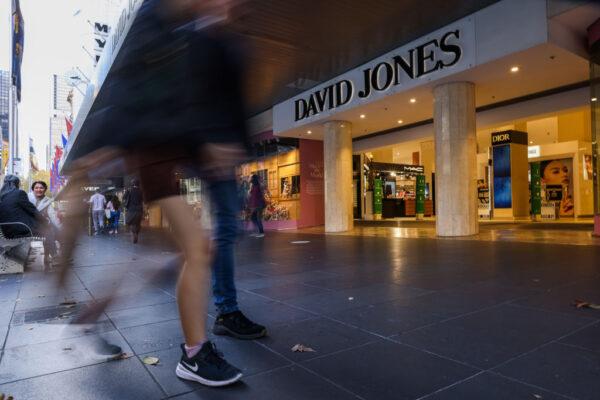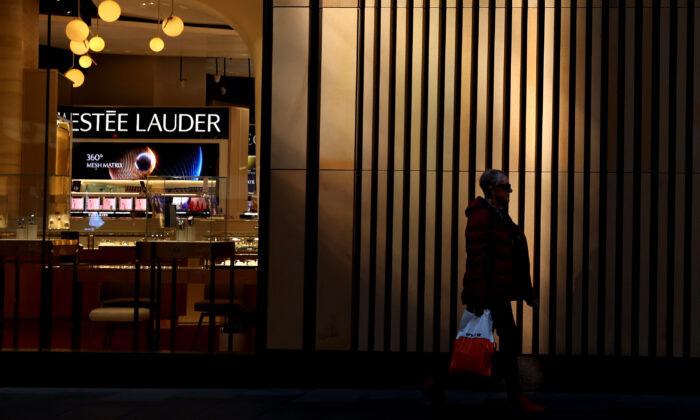Australian consumers are still willing to open their wallets despite having low confidence in the economy as retail spending in May hit record levels.
“There was growth across five of the six retail industries in May as spending remained resilient,” the ABS director of quarterly economy wide statistics, Ben Dorber said.
“Higher prices added to the growth in retail turnover in May. This was most evident in cafes, restaurants and takeaway food services and food retailing.”
During May, department stores experienced the highest growth, up 5.1 percent from April, followed by cafes, restaurants, and takeaway food services at 1.8 percent, and other retailing at 1.5 percent.
In contrast, clothing, footwear, and personal accessory retailing was the only sector suffering a drop in spending, down 1.4 percent from the previous month.

Among the jurisdictions, New South Wales recorded the most significant increase in retail turnover at 1.6 percent. In comparison, Queensland and the Australian Capital Territory experienced falls in retail revenue of 0.4 percent and 0.3 percent, respectively.
Previously, economists had forecast a lower result for May as the Reserve Bank of Australia raised its cash rate by 0.25 percent during the month, the first time in more than a decade.
Australian Consumers Still Remain Pessimistic
The ANZ-Roy Morgan consumer confidence index climbed 3.7 percent to 84.7 in the week commencing June 20.However, the figure was still far below the monthly average of 112.4 and showed that Australian consumers were still overwhelmingly pessimistic.
The confidence index in relation to current economic conditions dropped by 2.5 percent, which was the fourth consecutive weekly decrease.
The bank also expected the growth in household spending to surpass that of GDP in the upcoming months, even though both figures were likely to experience a slowdown.





